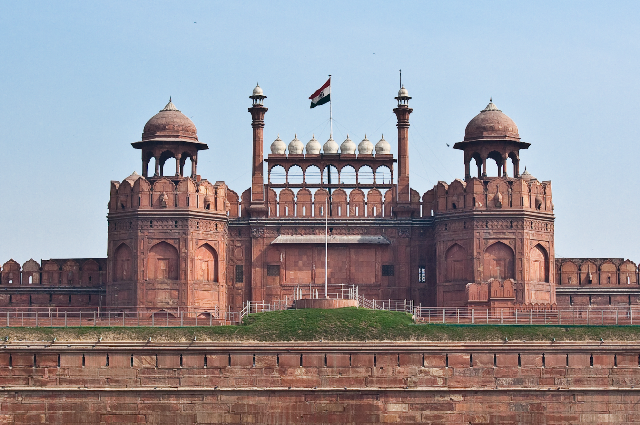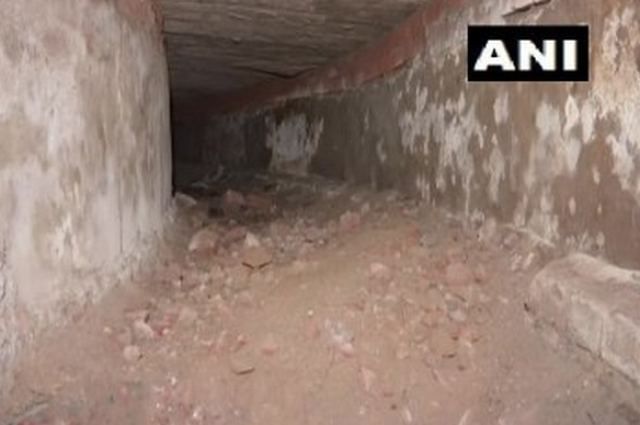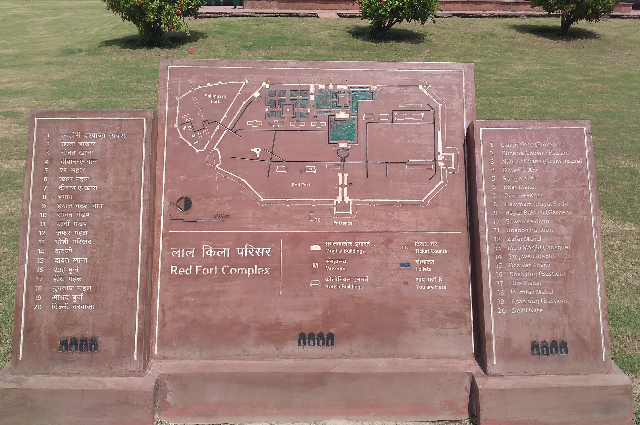
The Red Fort is one of the most prime locations in India. It holds a great historic significance, as it was the central base of Mughal emperors and some other important dynasties as well. This fort is one of the most iconic symbols of anti-colonial habitation and honoring of Independence. Red fort was utilized for various secret activities in the past. And recently, a secret tunnel connecting to the Red Fort was also found in Delhi. The tunnel was excavated inside a room in the Delhi Legislative in Civil Line. Delhi Legislative Assembly Speaker Ram Niwas Goel stated that the tunnel connects the legislative assembly to Red Fort and it was used in the British rule to avoid retaliation while moving freedom fighters.
Speaker Goel stated, “When I became an MLA in 1993, there was hearsay about a tunnel present here that goes till Red Fort and I tried to search for its history. But there was no clarity over it”. He also claimed that presently a team has found the mouth of the tunnel but they are not digging it further as all the paths of the tunnel have been damaged due to metro outlines and sewer installations.

Source: www.aninews.in
Goel also alleged that the Delhi Legislative Assembly, which was utilized as Central Legislative Assembly after shifting of capital from Kolkata to Delhi in 1912, was converted into a court in 1926 and Britishers utilized this tunnel to bring Indian freedom fighters to the Delhi court. The Assembly was originally built in 1912, and designed by E Montague Thomas. It has housed the Secretariat of the Government of India and was built after the capital of India shifted to Delhi from Calcutta.
According to some reports, the officials at the Assembly certainly knew about the occupancy of a gallows room in the distance but they never cleared it. However, during the 75th Independence Day celebrations, it was decided to examine that room. And now they aim to transform that room into a memorial to freedom fighters to tribute them. There are also some plans to renovate that place in a way that tourists and visitors can get a reflection of history.

Delhi Legislative Assembly and the Red Fort are quite at a distance. The total distance between Delhi Assembly and Red Fort is around 5.6 kilometers. The area covered by the Red Fort is 254.67 acres, which is enclosed by 2.41 km of defensive walls, and pricked by towers and bastions that differ in height from 18 meters on the riverside to 33 meters on the city side. The Red Fort is octagonal, with the north-south axis longer than the east-west axis. The marble, floral details, and the fort’s double arches represent later Mughal architecture. Some Archaeological excavations at Red Fort have also excavated some artifacts dating from 1200 BCE and 2600 BCE as well.
The Red Fort and its surroundings have a pretty deep history in the context of the freedom struggle of India. Red Fort is one of the oldest and well-known monuments of Old Delhi, and it is commonly known as Lal Quila. On one side it faces the downtown with its wall standing about 33 meters tall and stands 18 meters tall on the riverside, fronting the river Yamuna. Red Fort is likewise listed as one of the World Heritage Site by UNESCO in 2007.

Source: wikimedia.org
Historically, it has marked an influential era, the transformation, and strength of power to Delhi. The majestic Red Fort was built in 1648 by Mughals, but the construction started around 1638-39 when the Mughal ruler Shahjahan decided to move his capital to Delhi. The fort was later ravaged of its artwork and jewels during Nadir Shah’s invasion of the Mughal Empire in 1739. Most of the fort’s marble structures were consequently demolished by the British, following the Indian Rebellion of 1857. But Red Fort’s defensive walls were undamaged. And after the independence from 15 August 1947, the first Prime Minister of India Jawaharlal Nehru raised the Indian flag on the fort. Thus, this fort has been of great historic significance, with numerous important events surrounding it. And finding a secret tunnel connected to this historic monument can be a great deal to dig out something incredible from history.
. . .
Reference:
- www.aninews.in
- www.wikipedia.org
